Words cannot express how amazing the Cliffs of Moher are. With their spectacular view and refreshing atmosphere, it’s not surprising why the Cliffs are one of the most frequented places in Ireland, both by tourists and locals alike. At their highest point, the Cliffs stand 230 meters above the ground and enable people to see the Aran Islands in Galway Bay, and even the hills of Connemara.
The southern part of the Cliffs would lead you to its highest point where you could also see O’Brien’s Tower. It was originally built by Cornelius O’Brien with the purpose of impressing female visitors. Here you can see the magnificent waves of the ocean, fierce and graceful at the same time. To add to this wonderful experience is the cool wind that would blow over your face and soothe your body – that’s why most people dress warmly unless they shiver in the cool, Atlantic winds.
Walking along the Cliffs of Moher is a one of a kind experience of freedom. The fact that there are no safety hedges on the cliffs does not stop people from walking along them. Walking along the Cliffs is a unique experience. But people have to be careful though, because there are times that some sections of the cliff give away. Anyone can easily walk to the edge of the cliff to view the beautiful ocean.







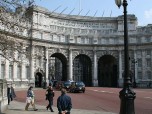

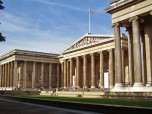
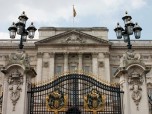
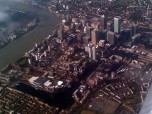
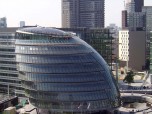
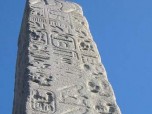

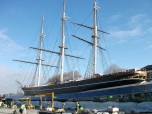
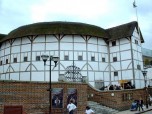
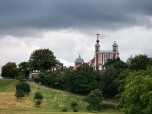
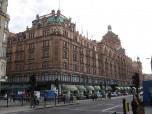
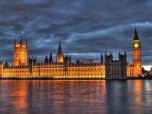

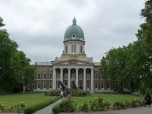


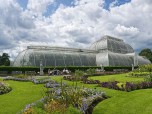
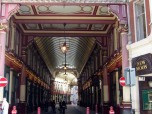


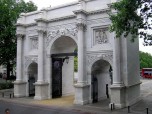
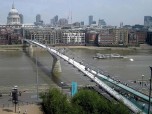
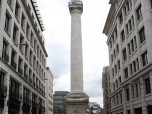

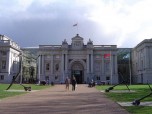
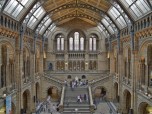

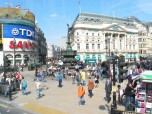
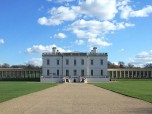

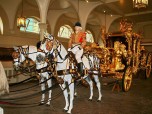

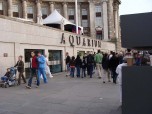

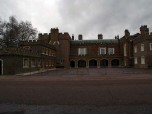


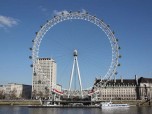
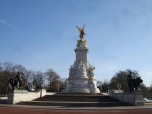
















 The statue was built to memorialize the Battle of Stalingrad between the Soviet Union and Nazi Germany in between the years 1942-1943. The statue was completely built in 1967 and considered the world’s tallest structure with a total height of 85 meters. The statue measures 52 meters high and the sword in the statues hand measures about 33 meters. It is located atop Mamayev Kurgan, in Volgograd, Russia, 50 miles from the Volga River.
The statue was built to memorialize the Battle of Stalingrad between the Soviet Union and Nazi Germany in between the years 1942-1943. The statue was completely built in 1967 and considered the world’s tallest structure with a total height of 85 meters. The statue measures 52 meters high and the sword in the statues hand measures about 33 meters. It is located atop Mamayev Kurgan, in Volgograd, Russia, 50 miles from the Volga River. 





